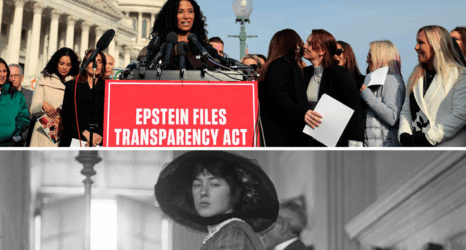“As different as many of us are from one another … we still share an enormous amount that leads to a shared commitment to creating music together.”
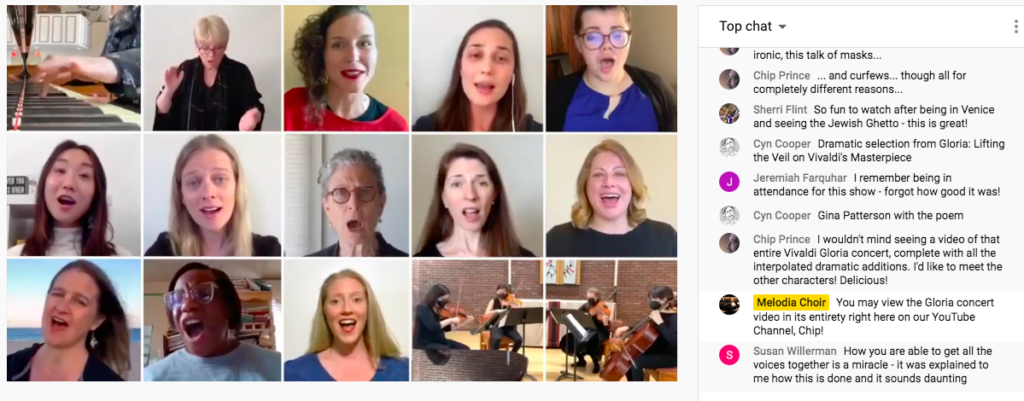
The COVID-19 pandemic continues to pose major challenges for arts and culture involving the prohibition of large, in-person gatherings. However, women’s and LGBT choruses are not just surviving, but thriving—thanks to their savvy use of digital networks and webs of long-standing relationships.
Since their beginnings in the 1970s, feminist and LGBT choruses have increased in number, diversity and community engagement. Today in the U.S., many more women, LGBT people and BIPOC hold political office than ever before, but much of the same social inequality persists as did 50 years ago, and reproductive rights, trans rights and the Equal Rights Amendment remain under debate.
Singing for social justice can help reinvigorate a long struggle. As Cynthia Powell, music director of NYC’s Melodia Women’s Choir and The Stonewall Chorale—the U.S.’s first LGBT Chorus, established in 1977)—said:
“The act of singing together adds a significant component to activism and is, in a way, a political statement in and of itself … a visceral statement and a source of pride.”
Women’s and LGBT choruses have used communal singing to network in support of social causes, engaging in what feminist historian Rita Kissen describes in her book Strong Voices: The Story of the Women’s Chorus Movement as “musical activism.”
Networks of singers have cared for people suffering from AIDS. They have commissioned musical compositions and performed international tours to raise awareness and fund research on issues such as breast cancer, climate change, and immigrant rights. In support of LGBT rights, The Stonewall Chorale once concluded a Pride concert with the wedding ceremony of two of its members. Women’s and LGBT choruses have mentored queer youth and incarcerated vocalists.
New ways of mobilizing the power of communal singing continue to emerge—as exemplified by the AlzheimHER’s Chorus, a vocal ensemble for women living with the disease or whose lives have been affected by it.
Inclusivity is one of the key values expressed through the activism of women’s and LGBT choruses. They have welcomed trans singers whose vocal beauty complicates the traditional gender binary found in most Western part-singing (which divides vocalists into bass, baritone and tenor parts for men, or alto and soprano for women). Philadelphia’s ANNA Crusis—its name a pun on “anacrusis,” a technical music term referring to the upbeat—recently voted to change its title from “Women’s Choir” to “Feminist Choir.” The group’s mission statement explains that the “name change reflects our commitment to gender-expansive membership while also honoring our history and core values.”
Originally, a primary purpose of the women’s chorus movement was to provide safe spaces for lesbian belonging. In the increasingly diverse world of women’s and LGBT choruses today, many other approaches have also proven successful and impactful.
“I love singing with people I know and am socially and politically simpatico with,” Celeste Niehaus of Sound Circle said. “Sound Circle, while not a totally lesbian chorus, fits the bill for me.”
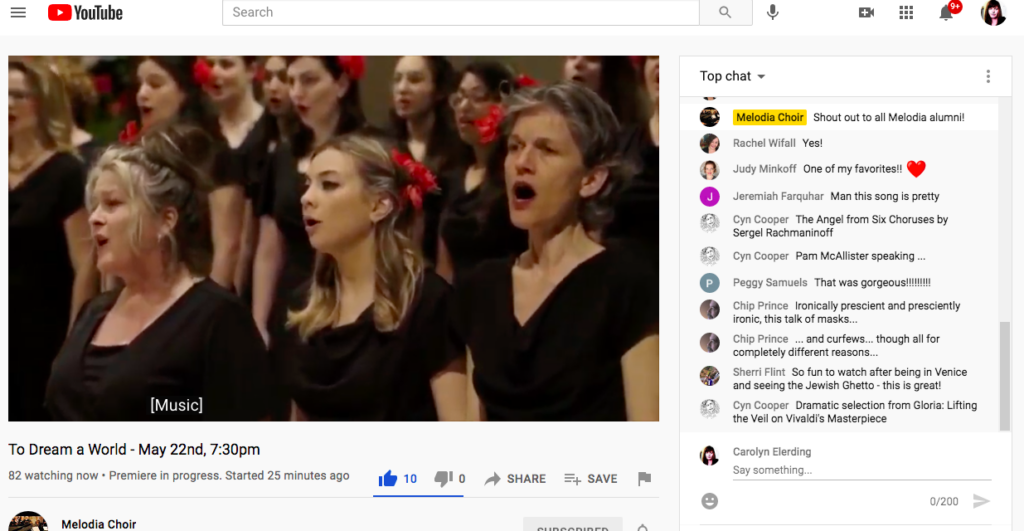
For some women’s choruses, competing for arts funding has necessitated strategies to empower women while appealing to grant-making organizations that have a broader mission. Melodia, for instance, only hires women instrumentalists for musical accompaniment, thereby resisting inequality in the larger music community.
Additionally, Melodia’s singers tend to value collaborative connection over competition, according to Powell, because they are “avocational,” rather than professional singers. This community-based approach largely avoids the anxiety-inducing problems of perfectionism and jealousy that frequently interfere with the joyfulness of music-making in professional and academic contexts.
While many women’s and LGBT choruses in the U.S. are nonprofit organizations led by consensus-based decision-making among singers and boards of directors, others have formed differently. Founding director Sue Coffee leads Sound Circle and Resonance Women’s Chorus in Boulder, Colo., as small businesses, while constantly incorporating singers’ perspectives.
More than 1,200 attended Resonance and Sound Circle’s recent weekend of two online concerts, joining live and commenting enthusiastically. As the high level of attendance demonstrates, the group’s participants and audiences enjoy a powerful sense of belonging and empowerment and return year after year.
“it is a business, but it feels like a community chorus,” said Coffee.
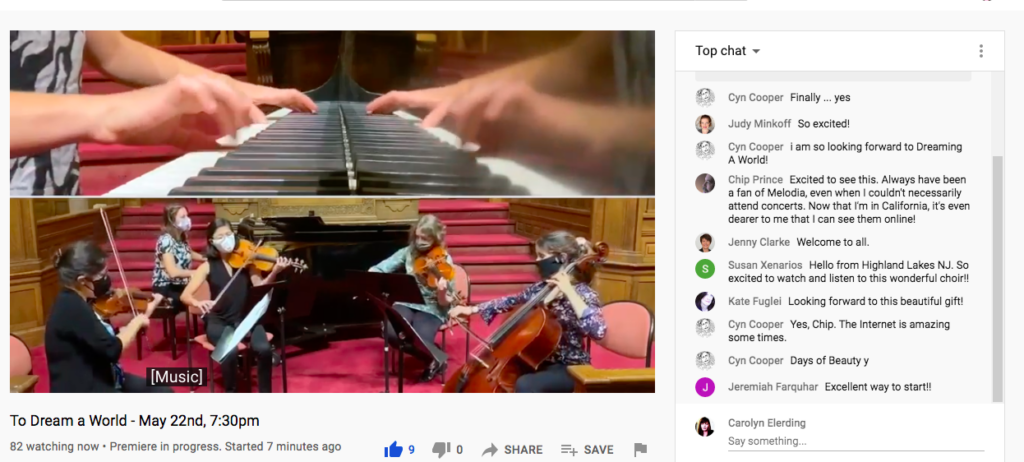
Coffee developed her approach to directing in part as a basis for personal empowerment. As a woman, lesbian\ and individual creative artist, she has found that protecting herself and her resources is as important as responding to the community’s preferences with feminist integrity. Coffee describes herself as an “entrepreneurial artist.”
Despite their unique differences, women’s and LGBT choruses all orbit around the same fundamental principle: mutual empowerment through communal singing.
“As different as many of us are from one another, as women, we still share an enormous amount that leads to a shared commitment to creating music together while also lending each other the kind of support I don’t think I’d find in a mixed chorus,” said Barbra Weidlein, a 16-year veteran of Resonance, on why she chooses women’s chorus over the many other singing opportunities available. “Song choices tend to reflect social awareness and frequently lead to soul-searching conversations and reflections and sometimes relevant book groups, political action groups, and more.”
For Niehaus, “It is my lifeline. It nurtures me and keeps me going.”

Currently, women’s and LGBT choruses are navigating the challenges posed by the COVID-19 pandemic. The emergence of the highly contagious Delta variant has unleashed a new surge of infections, including some breakthrough cases among the vaccinated, prompting the World Health Organization to advise against unmasked, non-distanced social gatherings. Meanwhile, in accordance with the U.S. Center for Disease Control’s most recent guidelines, many Americans, including some women’s and LGBT choruses, are returning to conventional face-to-face social interactions (with masking, distancing and required vaccination).
In addition to socially distanced meetings outdoors in spaces such as parks and parking garages, women’s and LGBT choruses have become adept at using videoconferencing platforms for meetings, auditions, rehearsals and performances. In many cases, moving online has rendered participation and attendance more accessible for those with disabilities or who, having moved, can only connect across long distances.
Videoconferencing platforms such as Zoom have provided a means for rehearsing together. However, due to the temporal distortion caused by latency issues, online platforms are not always conducive to the detailed work of harmonizing musical pitches and shaping the collaborative sound textures of a large group. Resonance and Sound Circle’s live online presentations have run smoothly thanks to a volunteer team of members providing editing and other production work.
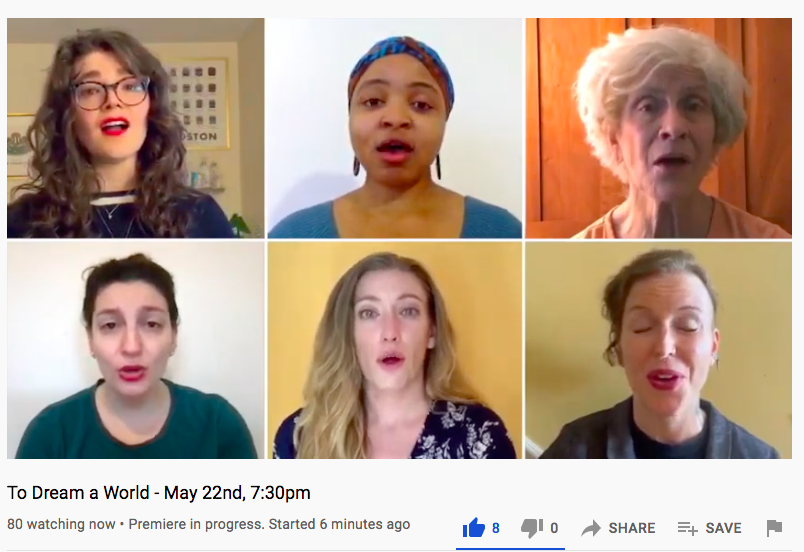
In Coffee’s hands, using Zoom has revealed new possibilities for creating choral music. All the Rivers, Resonance and Sound Circle’s post-inauguration concert in February featured simple sequential arrangements allowing for live performance without overwhelming the platform’s limited sonic capabilities. The performance included original video and other media shared in counterpoint with the music recordings, spoken word, and live singing, including audience sing-alongs. Attendees were encouraged to allow their eyes to travel across the pages of images of muted but singing vocalists, much as they would at a traditional concert. Ticket-holders received advance digital copies via email of the program brochure, which was far more extensive than usual due to avoiding printing costs.
As an experienced choral singer attending the concert, I sensed that the digital workaround of performing online created a sense of intimacy for vocalists as well, who could see members of the audience more clearly than in a conventional concert setting, watching and listening from home in the company of pets and other loved ones.
I also observed how, for some, the online Q&A and socializing following many choruses’ performances may have been easier to navigate than in conventional concert spaces. Solutions such as these, like Melodia used after its To Dream a World concerts in late May, suggest possibilities for combining digital accessibility with in-person performance after the pandemic ends. Those unable to attend in real-time could still access the video performance at their convenience.
As women’s and LGBT movements have demonstrated again and again, raising our voices together can generate significant force for social transformation. During the COVID-19 crisis, women’s and LGBT choruses refuse to be silenced and insist on keeping one another safe—it’s the feminist thing to do.
Up next:





